Inside: Here are the best activities for grandparents and grandchildren to do together to create fun and lasting memories. They’re educational, too!
Grandparents and Grandchildren
Are you a grandparent? Are you looking for activities to do with your grandkids? Or are you a parent—needing some ideas on how to keep the kiddies entertained so they don’t spend hours on tech devices or TV?
Here are fun and educational ideas grandparents and grandchildren can do together (parents can join in the fun, too).
We take our “nearby grandkids” for a couple of days each week. Since the schools closed two months early due to the pandemic, we decided the time they spent with us would not just be “fun & games”—but educational, too.
I wrote down ideas, projects, and activities; categorized them, and scheduled them 30 minutes apart throughout the day for 2 days. The goal was to design “creative time” where imaginations and learning could blossom.
Some of the categories include:
- Art
- Kids in the Kitchen
- Science
- Music
- Movement (including yoga for kids)
- Sensory Play
- Gardening
- Water Play
- Reading Aloud
- Kids read to grandparents/parents
- Educational workbooks
- Park
- Museums
- Board Games
- Free Time
From these categories, I create a weekly schedule that includes themes and complementary activities. I use ideas we did with our sons and borrowed from other bloggers I admire like Barbara Rucci of Art Bar. Like most of you—I take an idea and then add my own “branding.”
Over the next few weeks, I’ll blog about various themes and activities. They’re geared to children ages 2-7, but with a few changes, they can be used for older children. You know your grandkids so pick and choose what will work best for them.
Grandparents and Grandchildren: All About Color
Art Project: Marble & Shaving Cream Paintings
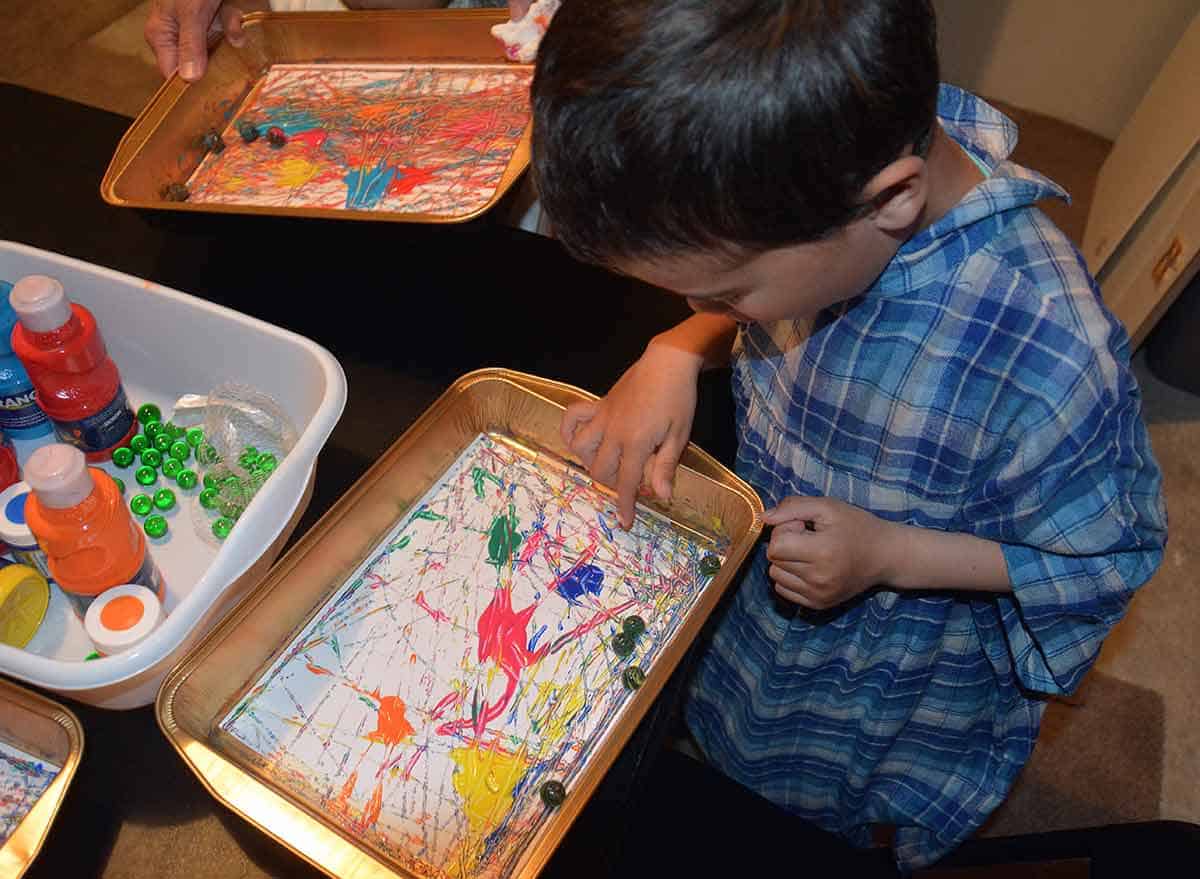
Marble painting is fun and easy. The kids drip dots of paint over the paper and then tip the pan to roll the marbles back and forth to create a “Jackson Pollock” like design
Have you ever heard of Jackson Pollock (1912-1956)? He was an artist who was famous for dripping household paint on canvas which allowed him to paint the canvas from all angles.
Using a Jackson Pollock theme, your grandkids can create two classic art project paintings. One is done with paper, paint, and marbles, and the other uses food coloring, paper, and shaving cream. They are all about COLOR!
Marble Painting #1
Materials Needed: (most materials I purchased at the Dollar Store)
- Shallow dish (9×13 is good)
- Cardstock Paper: 8 ½ x 11
- Masking Tape
- 5 Marbles per child
- Tempera Paints (I used Prang paints)
Directions:
- Tape the paper to two insides of the shallow pan
- Have each child drip 5-7 different paint dots on the paper
- Drop 5 marbles into the shallow pan
- Move the marbles back and forth by tipping the pan and creating a design
This project is fun for kids to experience the blending of color without using writing tools.
Marbled Paper Painting #2
Materials Needed:
- Shaving cream
- Food Coloring
- 4-6 Squares of cardstock paper (an 8.5″ x 11″ sheet of paper cut into 4 squares)
- Paper plate
- Wooden stick
- Credit Card–old
Directions:
- #1: Cover the center of a paper plate with shaving cream
- #2: Drip 10-15 drops of different colors of food coloring on top of the shaving cream
- #3: GENTLY mix with the wooden stick (avoid overmixing)
- #4: One at a time, press each of the 4 papers over the shaving cream/color mixture. Lift the paper up.
- #5: With the credit card, scrape the excess shaving cream off each paper
- #6: Voila! Marbled Paper!
Kids are natural-born creators. They just need a few mediums (paint, crayons, markers) to create what is stored in their imaginations. I found that kids love anything to do with paint and color—it’s a fun way to express themselves and they love it when grandparents are nearby to “ooh and ahh!” over their creations.
Kids in the Kitchen: Colorful Sugar Cookies
Every week, we have a kitchen activity. During “Color” week we made colorful Springtime sugar cookies.
The kitchen is a powerful learning place. As kids learn to read a cookbook, they learn processes and sequencing. They also learn how to
- measure
- understand fractions
- how to add and mix ingredients
- baking & cooking
With sugar cookies, they also learn how to roll out the dough, use cookie cutters, prepare a greased pan, and how to use a baking timer.
The fun part? Decorating the cookies! We used springtime cookie cutters—butterflies, flowers, bees, and kept with our theme of color by using lots of colorful frosting.
Grandparents and Grandchildren & Sensory Play:
Sensory play is important–most of the sensory activities we do are tactile. Here are just a few: (more to come)
Sand Play
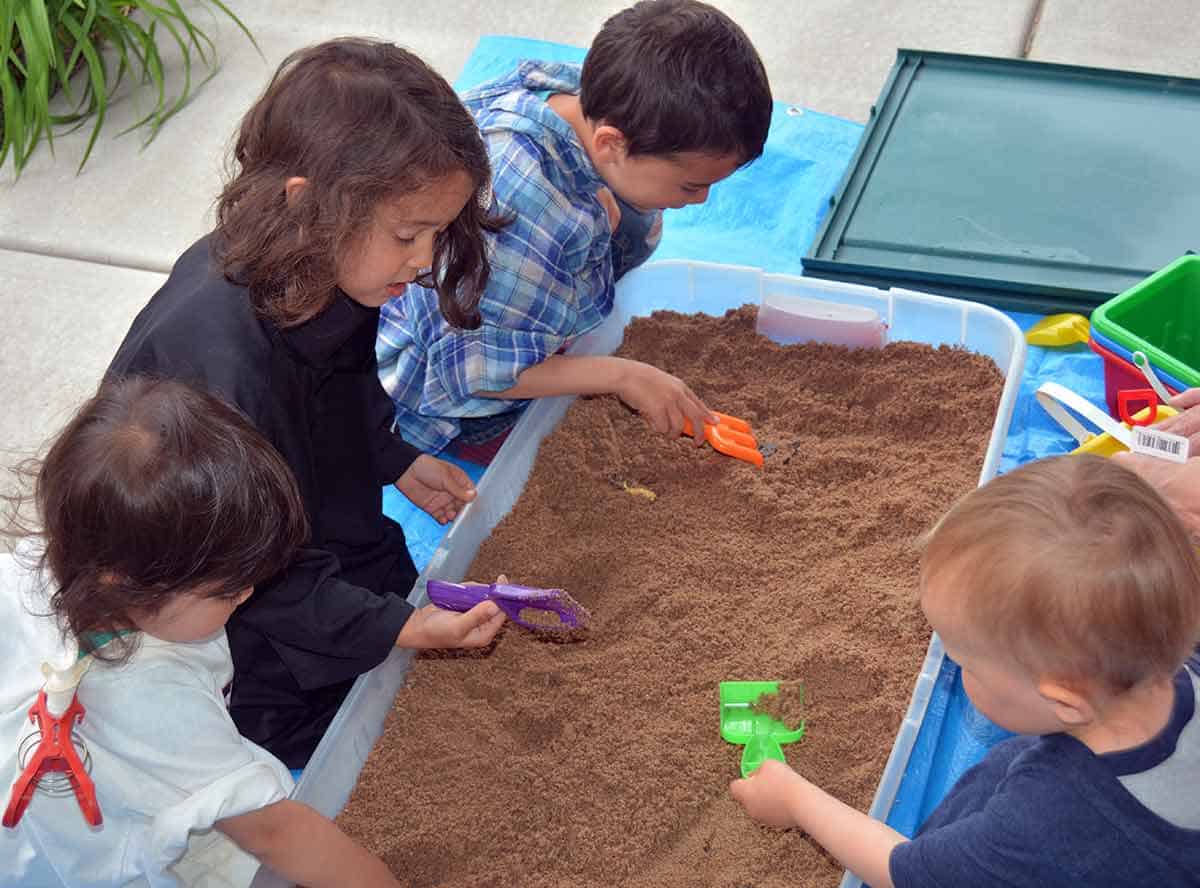
Playing in the sand was a big hit. We played different games. Their favorite? Digging for bugs and worms (plastic).
Kids love sand! I purchased a very long plastic container (Walmart) with a lid and filled it with clean sandpile sand. The lid helps to keep the sand moist—making it perfect to make sandcastles, bury treasures, and sand archeology. Getting their hands in the sand and feeling another texture is an important sensory experience.
White Boards
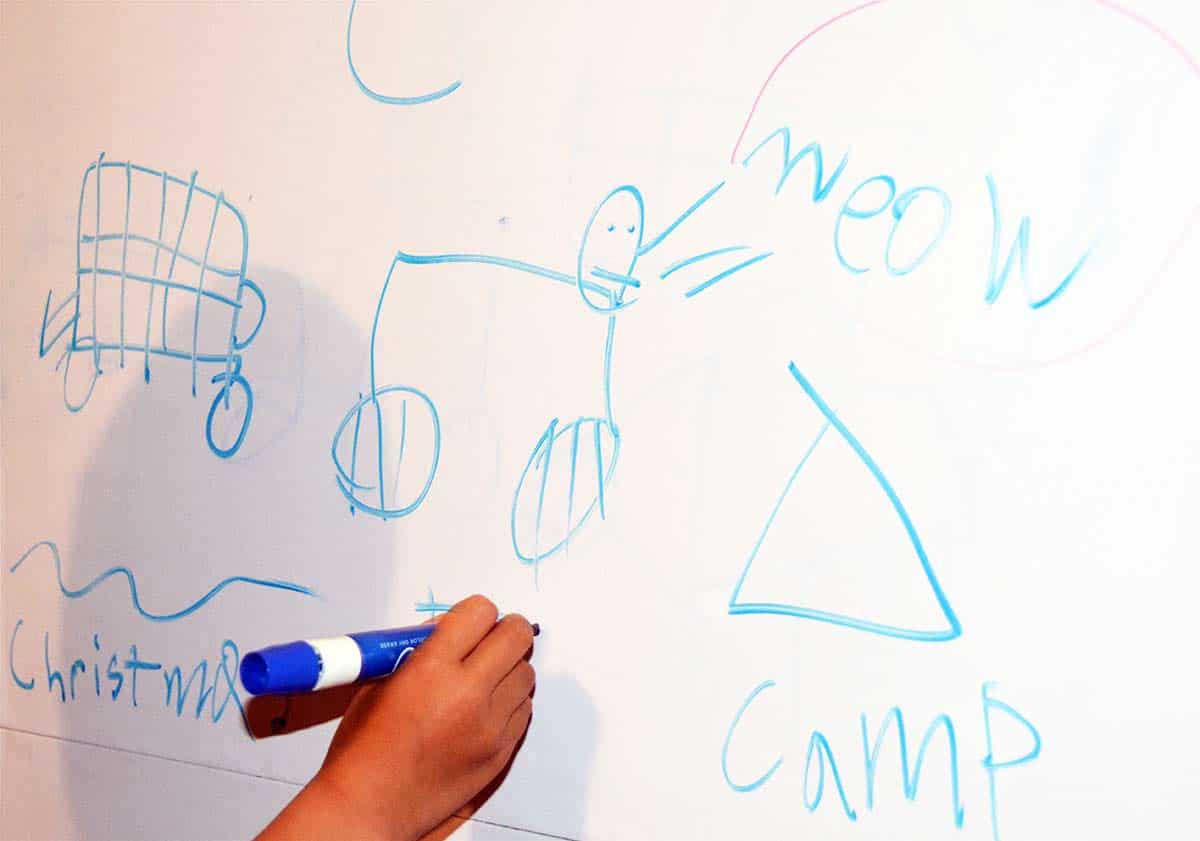
Drawing in a vertical position helps with important development. We played games by giving them letters of the alphabet that they had to draw as many pictures beginning with that letter as possible.
We bought two rolls of a whiteboard and adhered it to the length of one wall. It’s the perfect spot for vertical drawing which helps a child with
- bilateral coordination
- midline crossing
- wrist extension
- sensory processing
- visual attention
- spatial awareness
- core strength
Try this alphabet game: take one letter at a time and have the grandkids draw everything they can think of that begins with the letter “a,” then “b” and so on.
Music & Movement:
When your grandkids come to visit, play a variety of music in the background: classical, folk, train, rock n’ roll, nursery rhythms, dinosaur music, farm animals, etc.
Here are some activities we do for music and movement:
- Beat out Rhythms. Give each child a rhythm instrument; put on some music and have each child bang, clang their instrument to the beat of the music.
- March to Music. Turn on your favorite music CD and march to the beat of the music (marching organizes the brain).
- Dance to the Music. Provide scarves, feathers, long ribbons, and dance and move to the music. Check out this CD: Listen, Learn and Grow: Playtime
Nature Walk & Park Activities
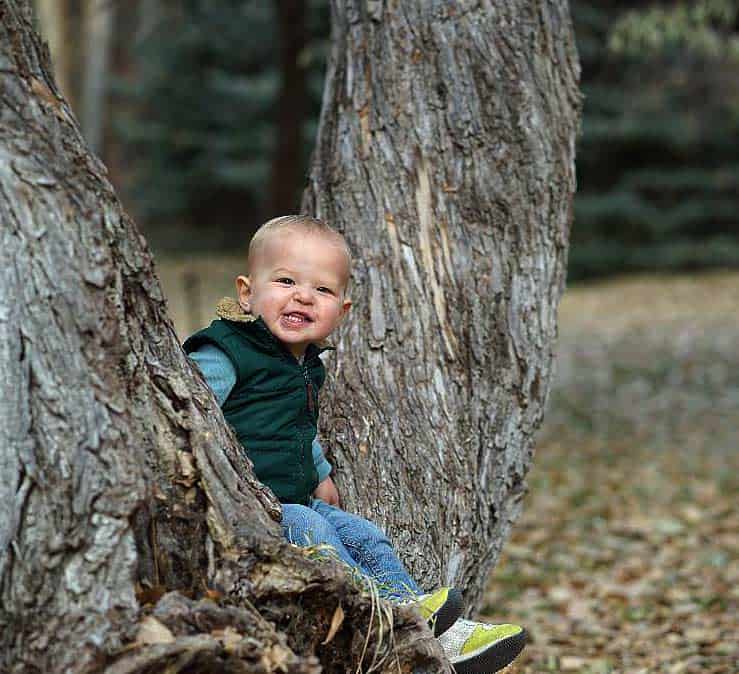
Grandkids love to go on nature walks, climb trees, find bugs underneath rocks and just feel the wind on their faces.
Take your grandkids on nature walks, to the park to ride bikes, play on the structures, fly kites, and release energy.
When going on a nature walk, purchase a good pair of binoculars and have the kids look closely at things in their surroundings such as:
- Birds singing (check out my blog on birdwatching)
- Sounds of animals (check out my blog on listening for animal music)
- Fallen trees, twigs, branches, leaves, etc.
- Bugs and spiders
Kids also love to climb trees, look for bugs under rocks, and get dirty–it’s science at its best!
Grandparents and Grandchildren Reading Aloud
An important part of being a grandparent is reading aloud to your grandkids at least 20 minutes per visit. Since our theme was COLOR, here are some fabulously fun books about color:
- My Many Colored Days by Dr. Seuss
- Mix it Up by Herve Tullet
- How the Crayons Saved the Rainbow by Monica Sweeney
- Swatch: The Girl Who Loved Color by Julie Denos
- Splatter by Diane Alber
- The Color Monster: A Story About Emotions by Anna Llenas
Do your grandkids have favorite books? Start with their favorites, then introduce them to other titles. And check out my Resource Section for lists of books that are considered excellent for children—plus they’re divided by ages.
Workbooks & Reading to Grandparents
During the summer months, I had my boys do workbooks every morning to keep up with their school skills. I do the same with my grandkids. Purchase workbooks appropriate for your grandkids ages and do at least 30 minutes of workbook fun whenever they come to visit. It’s great brain stimulation and will keep their academic skills sharp.
Also, have your grandchildren read to you each day for 15-20 minutes. I have all the Dick & Jane books from my childhood so I’ve introduced them to my grandkids—and they LOVE reading them!
Our 7-year old grandson just completed 1st grade and is an excellent reader. Before he went to kindergarten, he was reading Harry Potter. However, when I asked him questions about what he had read, he couldn’t tell me. So, at grandma’s house, he reads MUCH easier books. It doesn’t matter if children are proficient at reading if they don’t understand what they read. Reading comprehension is important! Now that he’s reading books like Nate the Great, No Fighting, No Biting and Arthur Goes to Camp, etc.–he is able to tell me all about the story.
Free Time
Our “Free Time” is in the middle of the day and lasts 2 hours—from 2-4 pm. Free Time gives your grandkids opportunities to make choices on what they want to do with unstructured time. Don’t criticize their choices but give them some ideas and provide plenty of games and toys. Do they want to watch a favorite movie or take a nap? One grandson downloads music from the Piano Guys onto a Spotify account we set up for him and he sings and dances along.
These are just a few ideas. I’ll share additional themes, ideas, activities, and more. And later, I’ll share the activities that I do with my older grandchildren (ages 10-17).
Are you a grandparent? What activities do you do with your grandkids? Please share in the comment section below.
Want to remember this post? Post, “Here are the Best Activities for Grandparents & Grandchildren” to your favorite Pinterest Board
FAQ’S
Are grandparents important to grandchildren?
Yes, very much so! The American Grandparents Association (AGA) found that 72% of grandparents believe “being a grandparent is the single most important and satisfying thing in their lives.” And even though being a grandparent requires effort, creativity, and lots of love—grandkids are worth it.
What is the relationship between grandparents and grandchildren?
Being a grandparent is the best job in the world. It requires some of the skills you learned as a parent, but it’s more like “parenting without borders,” because you aren’t the disciplinarian or the over-worked parent. You are the person who spoils those precious perfect kiddies to your heart’s content. You are the super grandparent building a strong bond with your grandchildren.
How many times a week should grandparents see grandchildren?
That depends on both the grandchildren and grandparents. Many grandparents who live close to their grandchildren want to see them weekly while others do not. Some grandchildren want to spend time each week with their grandparents, but others may not want to see them that often.
It usually begins with the grandparent—are they actively involved with their grandkids? Have they made an effort to form a bond of love and friendship with their grandkids? Do they stay in touch with them?
And grandchildren—do they like and enjoy spending time with their grandparents? Or are their factors that create tension between the grandparents and grandchildren?
Every situation is different and needs to be analyzed on an individual basis.
Do grandparents love their children or grandchildren more?
It’s not that they love one more than another—they love them equally but each is a different relationship. They do not have to be the disciplinarian with their grandchildren but had that responsibility with their children. The levels of responsibility differ and therefore the relationship differs. It’s not about loving one over another.
However, because of the love grandparents have for their grandchildren, they can have an enormous influence on them. Dr. Karl Pillemer of Cornell University wrote, “Research shows that as many as 9 out of 10 adult grandchildren feel their grandparents influenced their values and behaviors.”

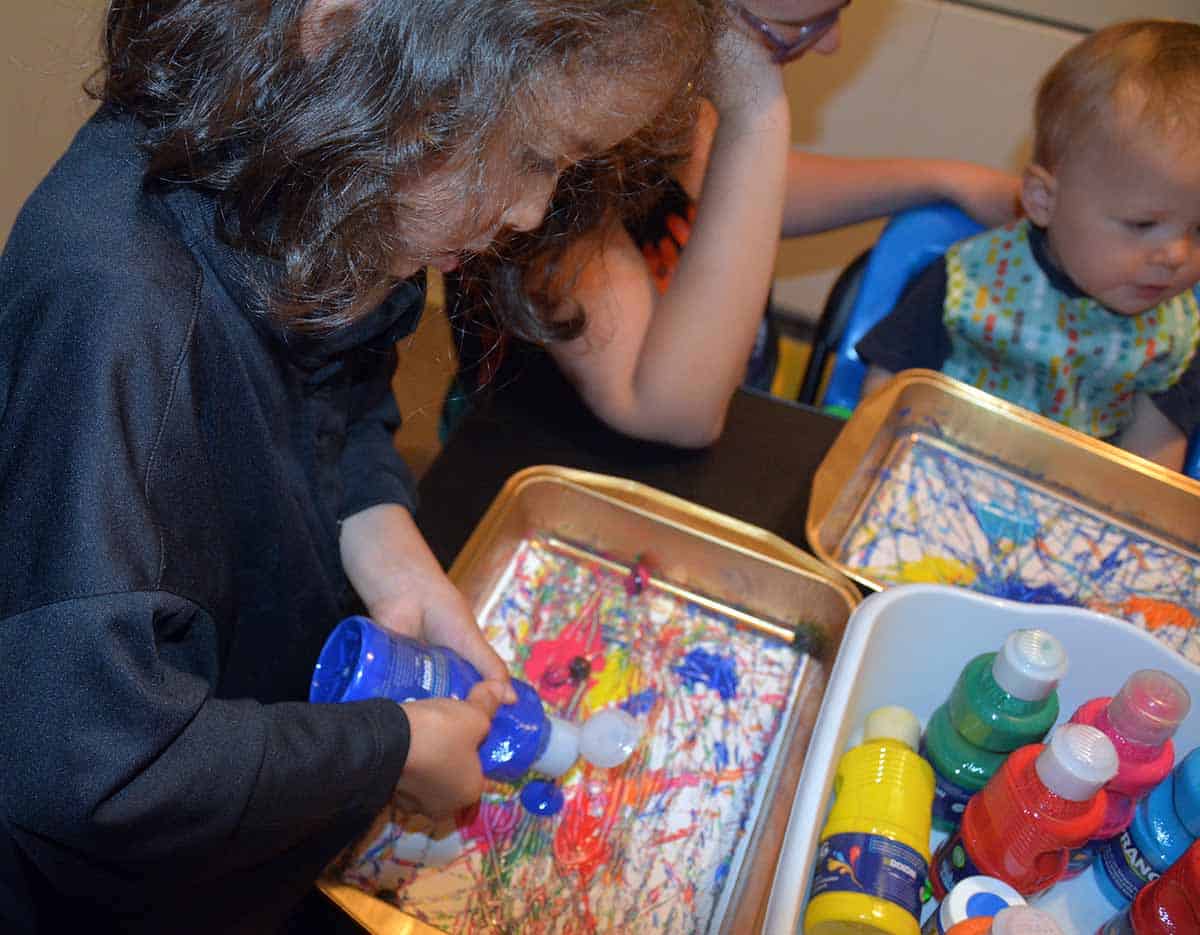

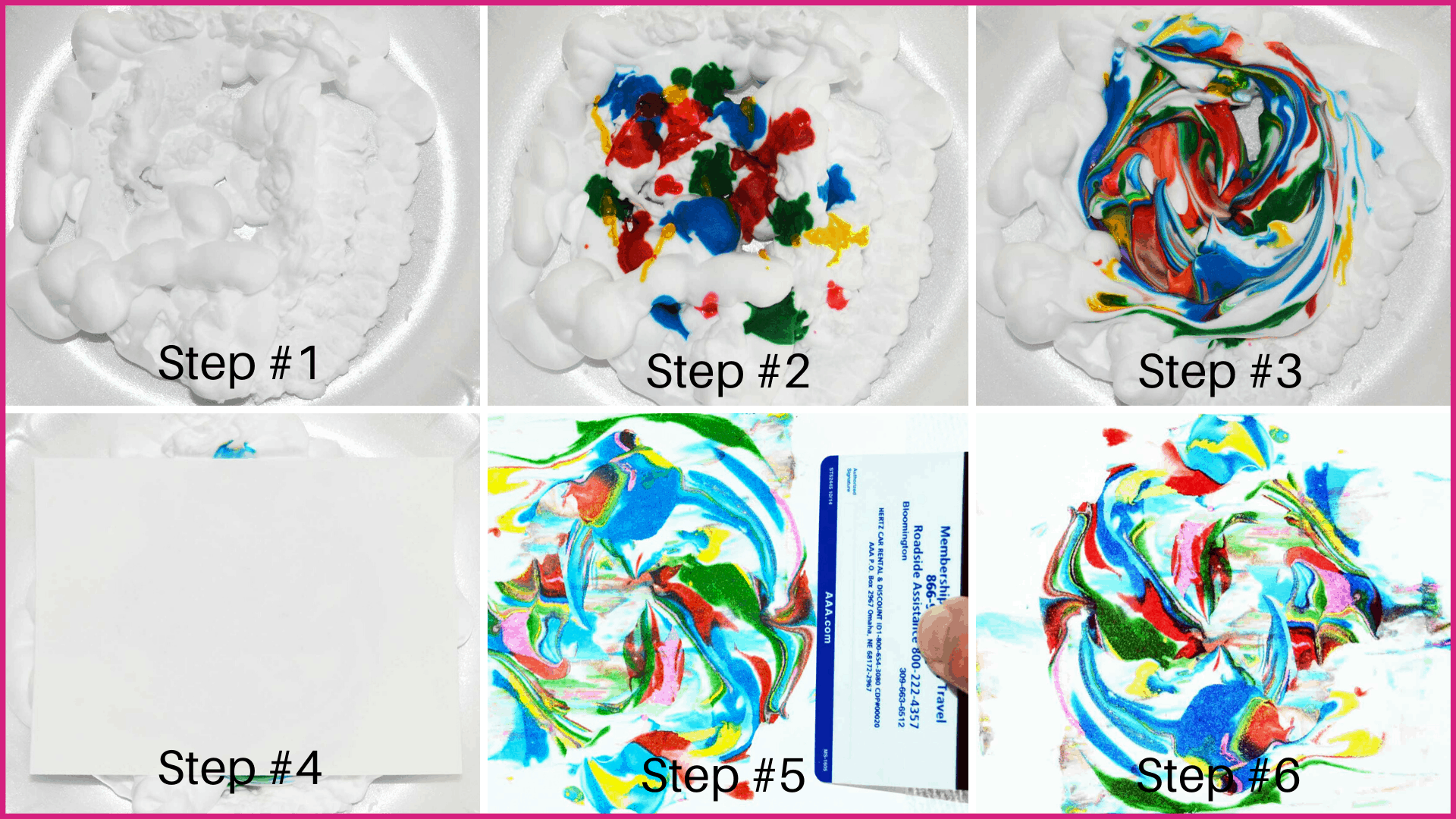

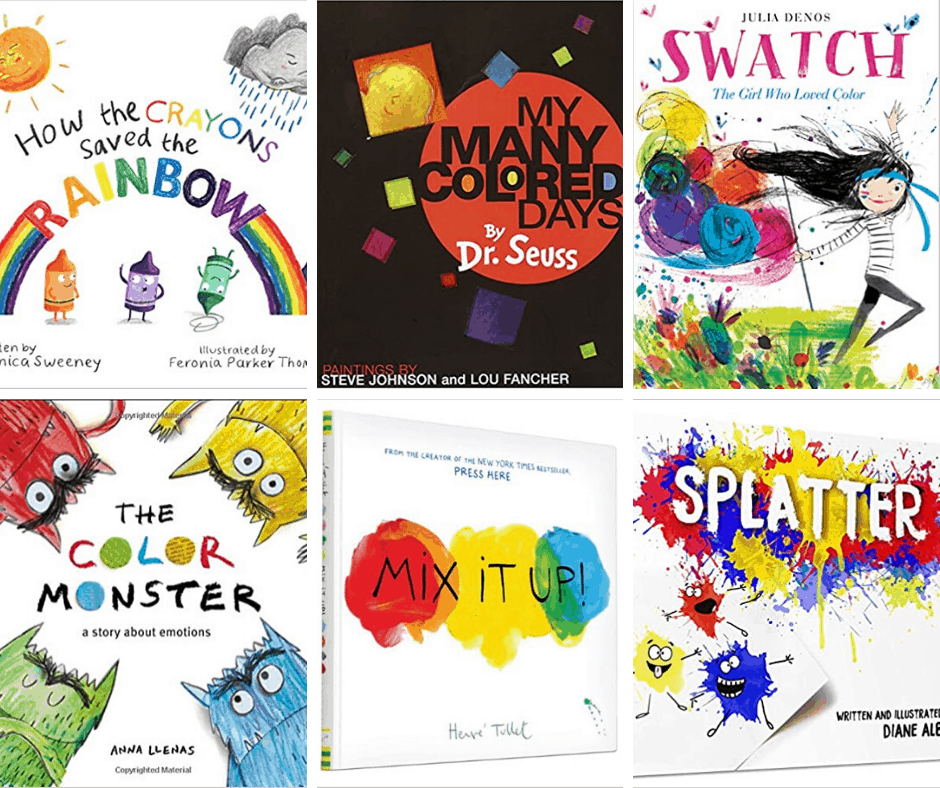
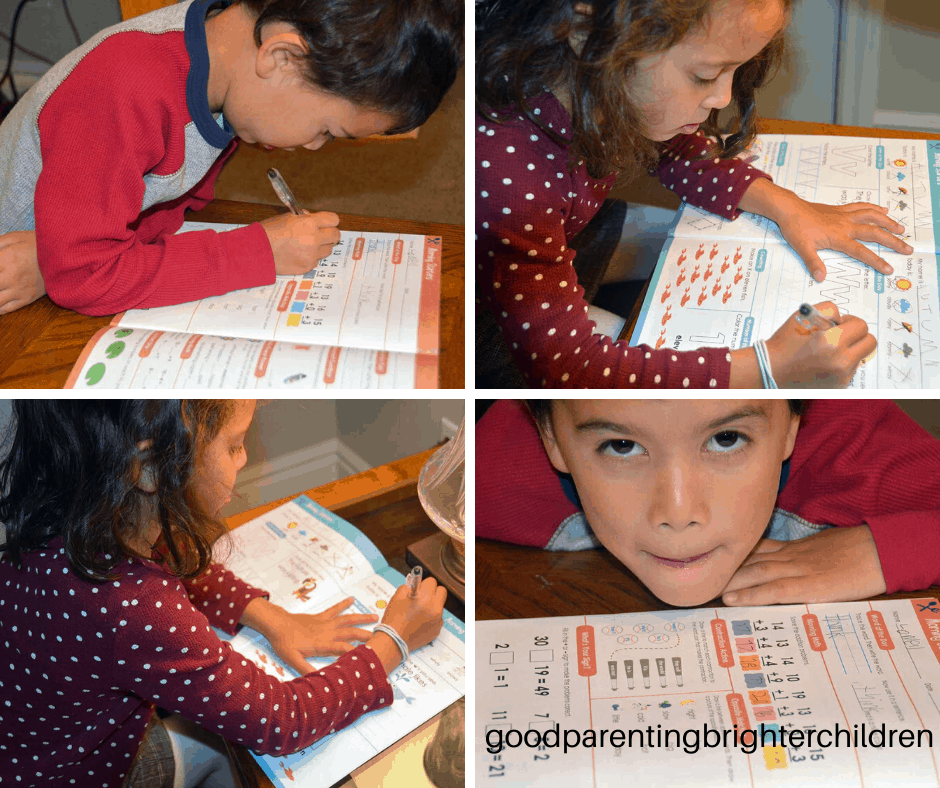
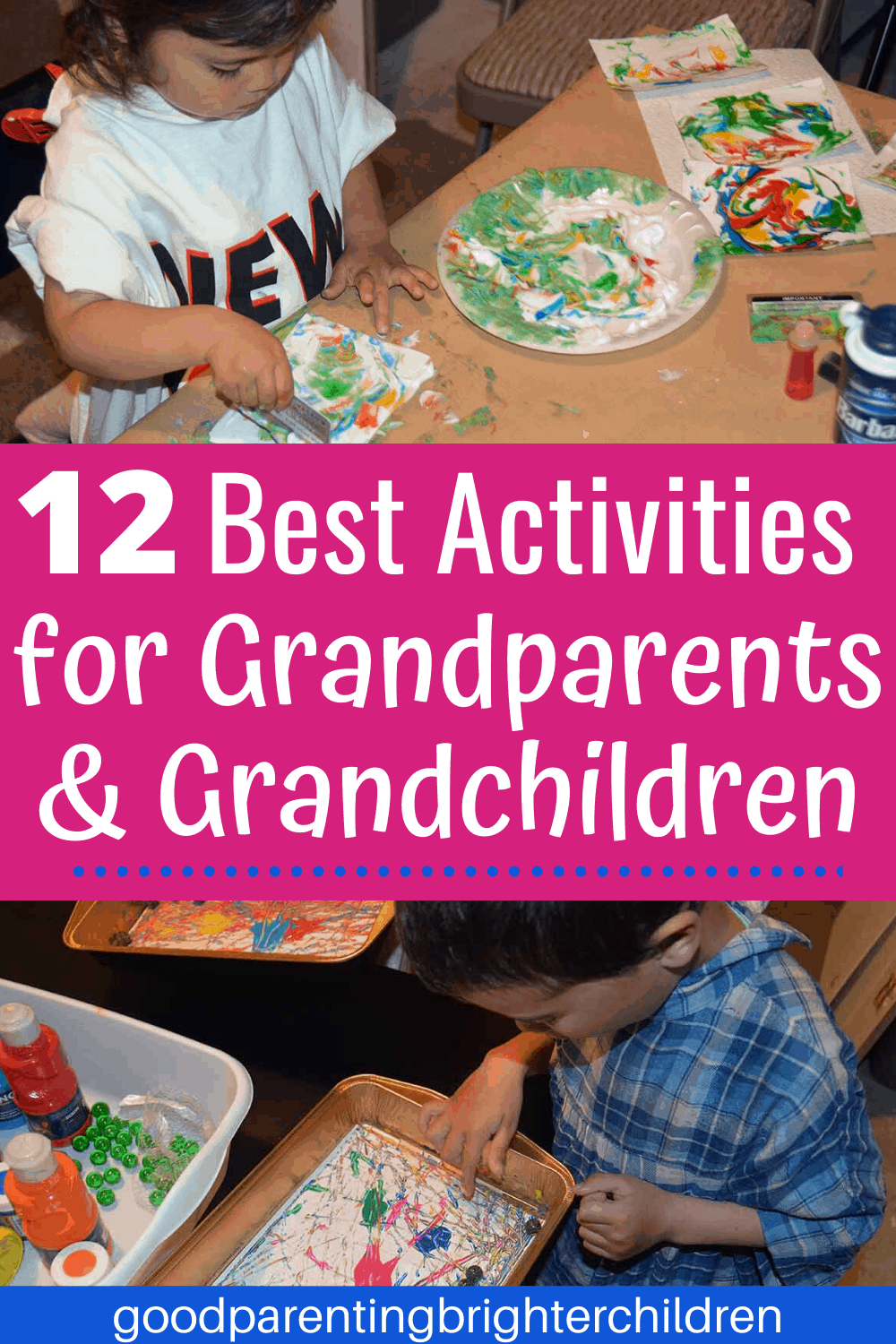
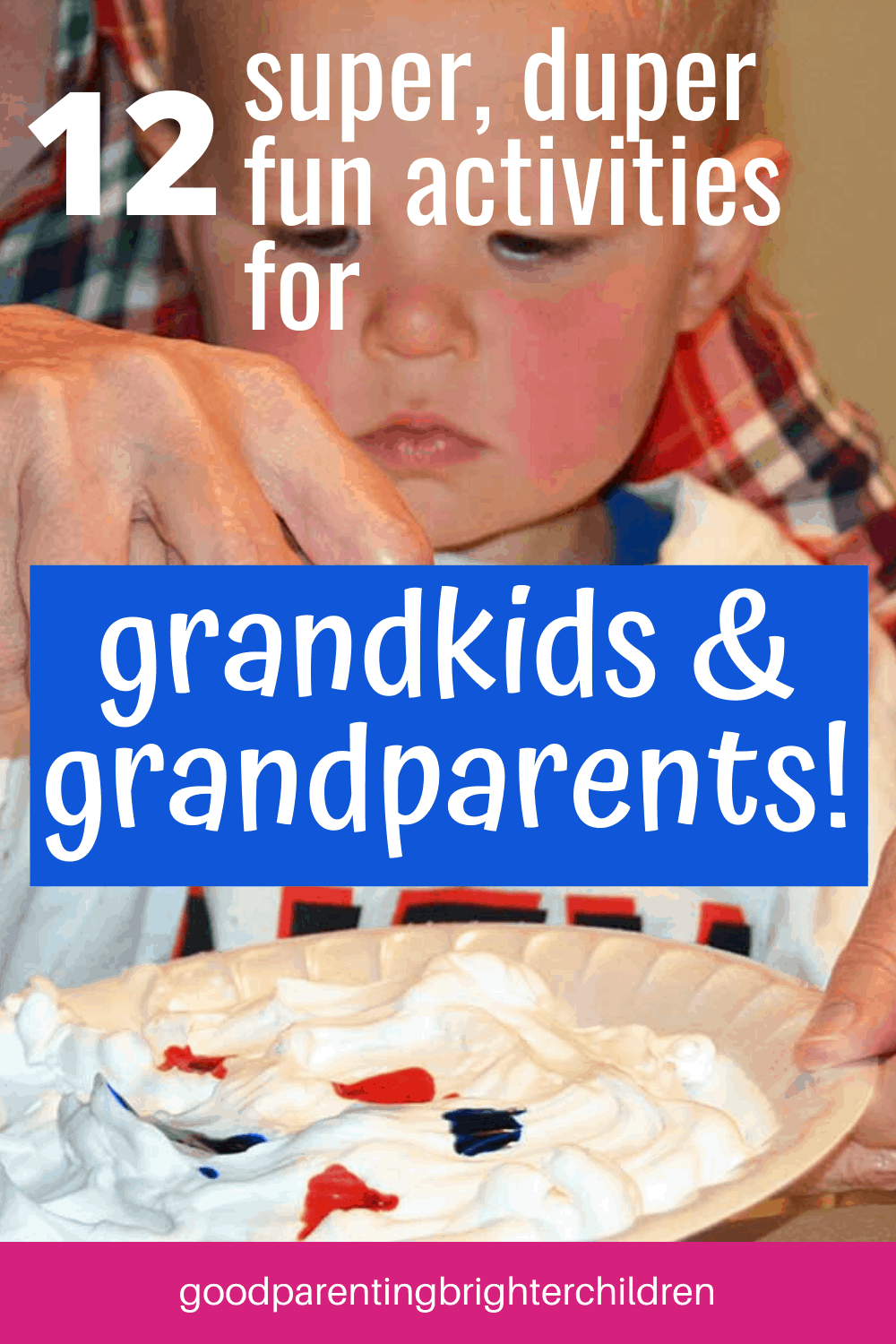
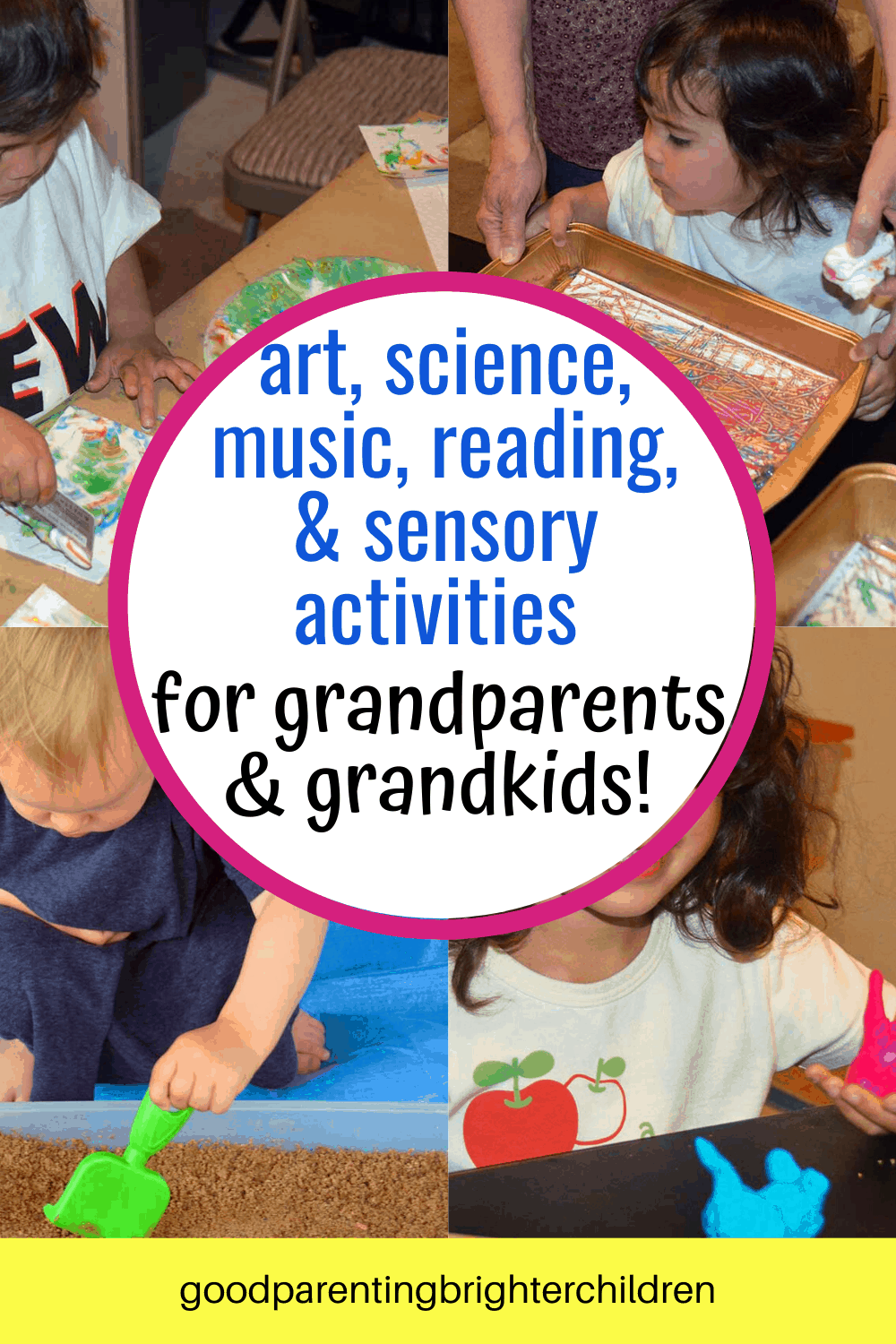


I know I have some time before this happens but this blog has me excited to become a grandparent one day. One day far in the future, might I add! I love how you said that you don’t love your grandkids or children more than the other but instead you love them in a different way. I’m looking forward to not having to worry about being the disciplinary and just being able to spoil my future grandkids to death!!! It sounds like so much fun.
Yes, not having to be the disciplinarian is fabulous! Grandparenting is so much fun and as the saying goes, “If I had known how much fun grandparenting was, I would have had grandkids before kids!” Thanks for sharing, Tiffany!
Great ideas! Love it. As a new father who’s always looking for creative ways to engage my 2-year old son, this post offers a ton of cool ideas that are not only fun, but educational too. I’ll be revisiting this page frequently.
Great! Glad it will help you as a father as you engage with your son! Thanks for your input!